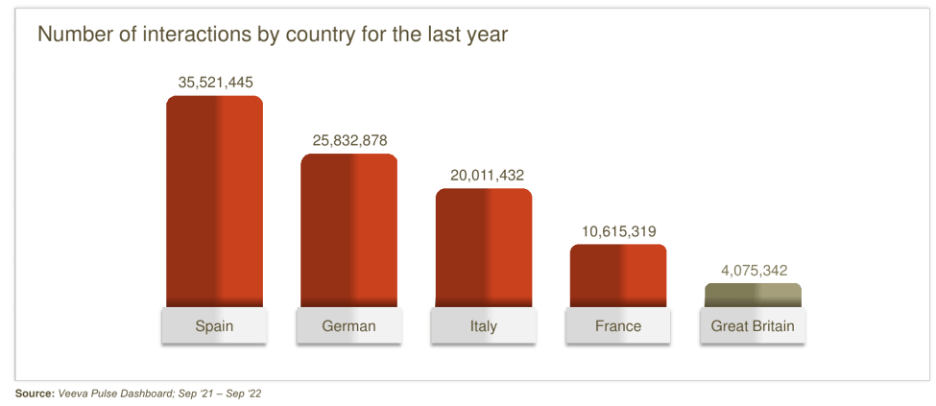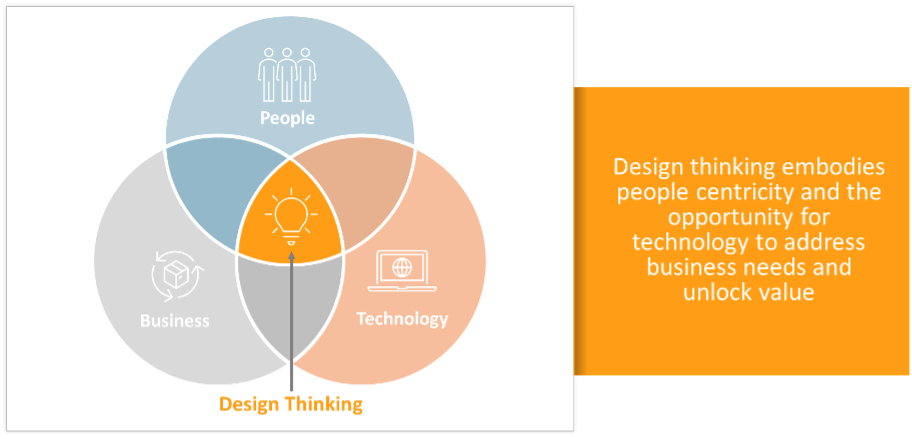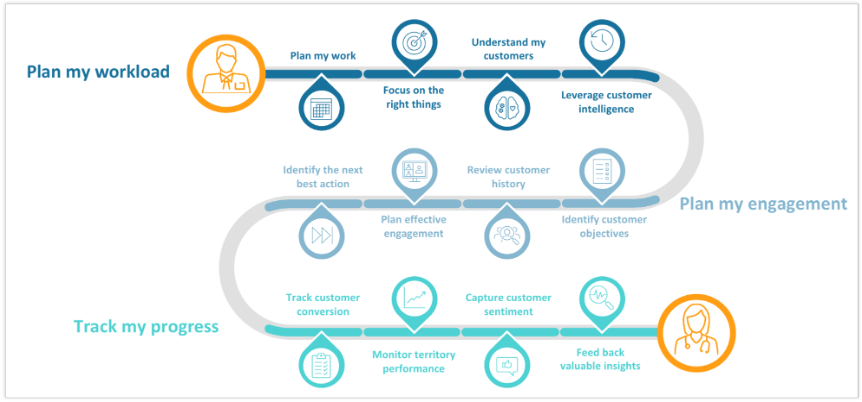Blog
Why Reps Are Falling in Love with Actionable Insights
Aug 08, 2023 | Aaron Bean
Aug 08, 2023 | Aaron Bean
Gone are the days when field reps can turn up at hospitals and easily expect to secure meetings. Today, pharma companies know that they must harness the power of digital to develop relationships in and out of the office.
Leading companies are evolving their customer engagement models to reflect the required integration between digital and in-person. This transformation puts the rep in the driver’s seat to navigate a complex and multichannel journey with agility to overcome roadblocks or address new developments. To support their activities, field teams need relevant, timely insights to determine the most effective channel and content for a richer dialogue with each HCP.
Bringing these insights to life with data visualization helps reps manage their territory and plan high-impact engagement activities for each customer. As Andrew Jackson, country manager of Lundbeck U.K., a pharmaceutical company specializing in brain diseases, observes: “Our goal is to deliver so much value to our customers that we’re invited into the room, rather than simply knocking at the door and waiting.”
Embracing a new customer-centricity
Europe is in the grip of an access challenge: 65% of accessible HCPs meet with three or fewer pharma companies.1 U.K. field teams feel this constraint acutely as HCP interactions have declined sharply in the past few years [Figure 1]. U.K. reps recorded only 38% as many interactions as those in France (and approximately 11% of Spain). That’s because 94% of accessible HCPs in the U.K. meet only one or two pharma companies.2
With the odds stacked against them, U.K. field teams need better insights to engage HCPs. Jackson explains: “Physical access to hospitals for anyone who isn’t part of the National Health Service (NHS) is a challenge, particularly in psychiatry. Given HCPs’ time is in short supply, we need to ensure that our sales force is going to customers with relevant content and then learning from how that content impacted outcomes.”
Lundbeck knew its field teams needed to provide a first-class customer experience to add significant value to their HCP interactions. This entailed a shift in mindset on the rep’s role, from communicating product messaging to being a problem-solver as customers seek relevant information. Embracing change of this magnitude requires support. Jackson notes, “It’s imperative that we help our sales reps to see that the past is probably not coming back, and adapting to this new way of working will bring benefits.”
Figure 1: U.K. field teams affected by an acute access challenge

Improving customer experience also demands a broader skillset from field reps encompassing deep listening, comprehensive product knowledge, and responsiveness to HCP requests. However, once the field team is fully on board, it’s usually straightforward to introduce tools that can support rapid upskilling.
Visualizing where content adds value
The right data visualization can bring information on customer segments to life and make reps’ lives easier by identifying where they can add the most value.
Data visualization can be exploratory or explanatory, depending on team needs. Reps aren’t trained data analysts and only want to see information that helps them decide which channels and content will resonate with their customers. This means understanding what’s going on in their territory day-to-day.
Effective data visualization can activate reps to take decisive action [Figure 2]. As a foundation, field teams should be able to see their call rates and frequency, how many of their emails are being opened, and which content their customers are reviewing. Insights could include which customers they haven’t followed up with by email since meeting over 30 days ago, or whether some email messages land better than others. As Jackson explains, “We want to ensure we provide different forms of communication, so we move people faster toward adoption.”
Rich insights come from being able to drill down to individual customers so that reps can think through the most effective messaging and plan their sales calls. These insights go beyond CRM by pulling in data from external platforms, such as customer activity on websites and portals, or sales figures, to give the field team a complete view of their customers’ requirements.
Figure 2: Unlocking decisive action

Source: Veeva Business Consulting
When data captured elsewhere is at their fingertips, reps find it easier to decide their next action. For instance, a rep may have captured in call notes that the priority for one doctor specialized in schizophrenia is preventing relapse and hospitalization, and even identified their preferred treatment choice. When viewed together, these insights result in more effective call planning.
Insights that prompt action
Empowering reps to deliver the best customer experience means deciding from the outset which behaviors to encourage. A good starting point is to list reps’ jobs to be done [Figure 3]. On any given day, reps will move between identifying their tasks and deciding priorities (workload planning), preparing for customer meetings (engagement planning), and acting on insights for their territory (tracking progress).
Given relevant information is held in multiple locations, the rep experience is often too fragmented for them to do their jobs effectively. Winning hearts and minds is contingent on helping them accomplish distinct goals. By setting up data visualization as a workflow tool, companies can help reps decide key tasks throughout their day: clarifying their schedule, prompting them to respond to a customer who has tweeted something relevant, or who just met a medical science liaison (MSL).
No company can change behaviors on this scale in a vacuum. Cross-functional collaboration between sales, medical, and marketing will improve the process and reduce the risk of incomplete data aggregation. Jackson observes, “It’s crucial to have that multi-disciplinary team to understand what data we already collect, pull it into one place, and help reps use it. On their own, reps don’t always know what’s available to them.”
Figure 3: Organizing insights around reps’ jobs to be done

Source: Veeva Business Consulting
Why reps fall in love with insights
Field teams understand their customers better than anyone else. Data-driven insights not only reinforce their knowledge but also help prioritize the highest-impact activities and manage their workflow. The right toolset will be flexible, so they remain in the driving seat when deciding how to engage their customers.
By combining insights with a customer-centric mindset and problem-solving skillset, reps have all the means at their disposal to overcome the access barrier and build higher-value HCP relationships.
Leading companies are advancing to a joined-up view of customers by aggregating data located in diverse locations – including face-to-face calls, events, webinars, and social media. This strategy will bear fruit over time. Success hinges on winning over reps to embrace insights in their daily work. And nothing wins over reps better than helping to win over their customers.
Visit our Resource Centre to get the latest insights from leading pharmas and biotechs on innovative approaches to commercialization.
1 Veeva Pulse Field Trends Report
2 Ibid.